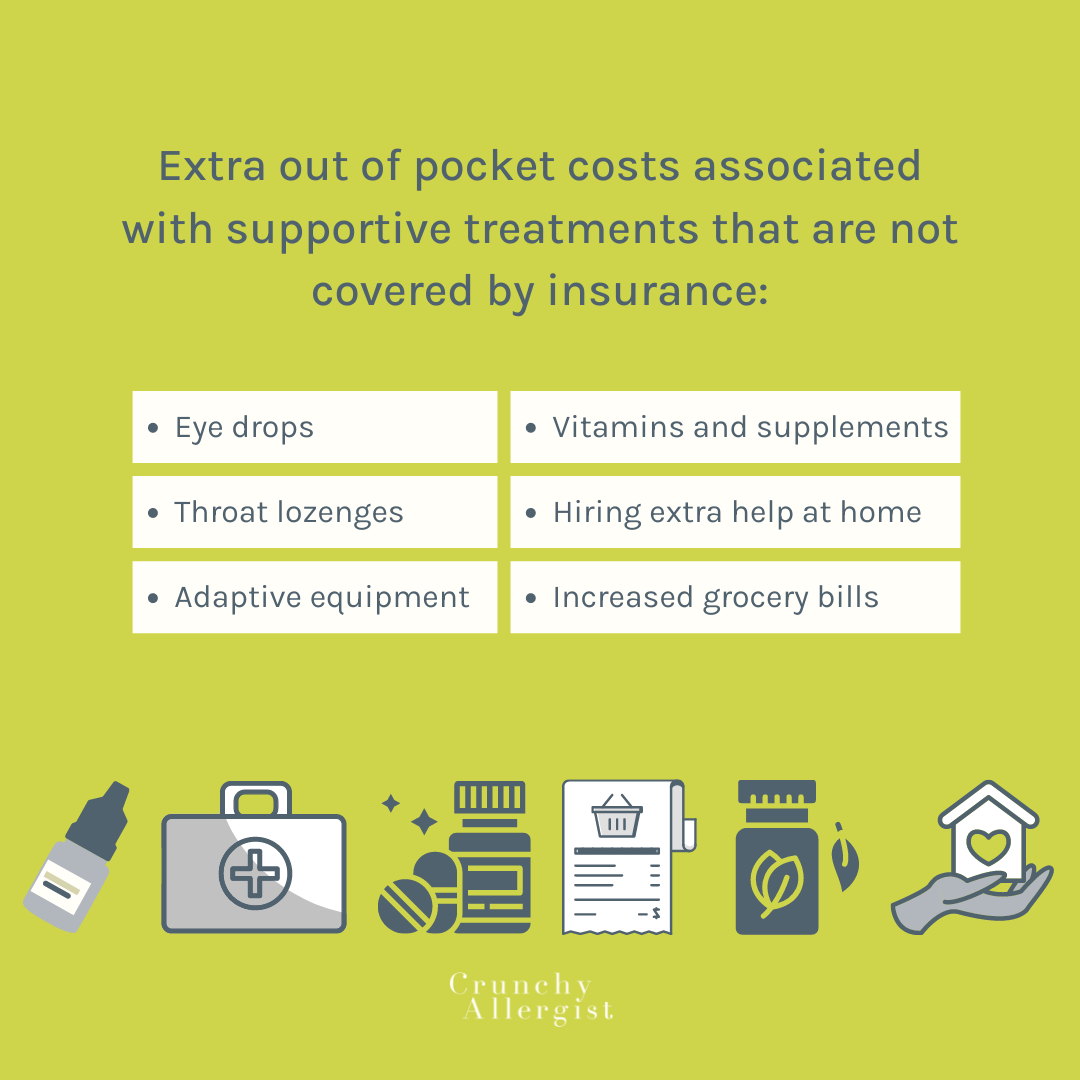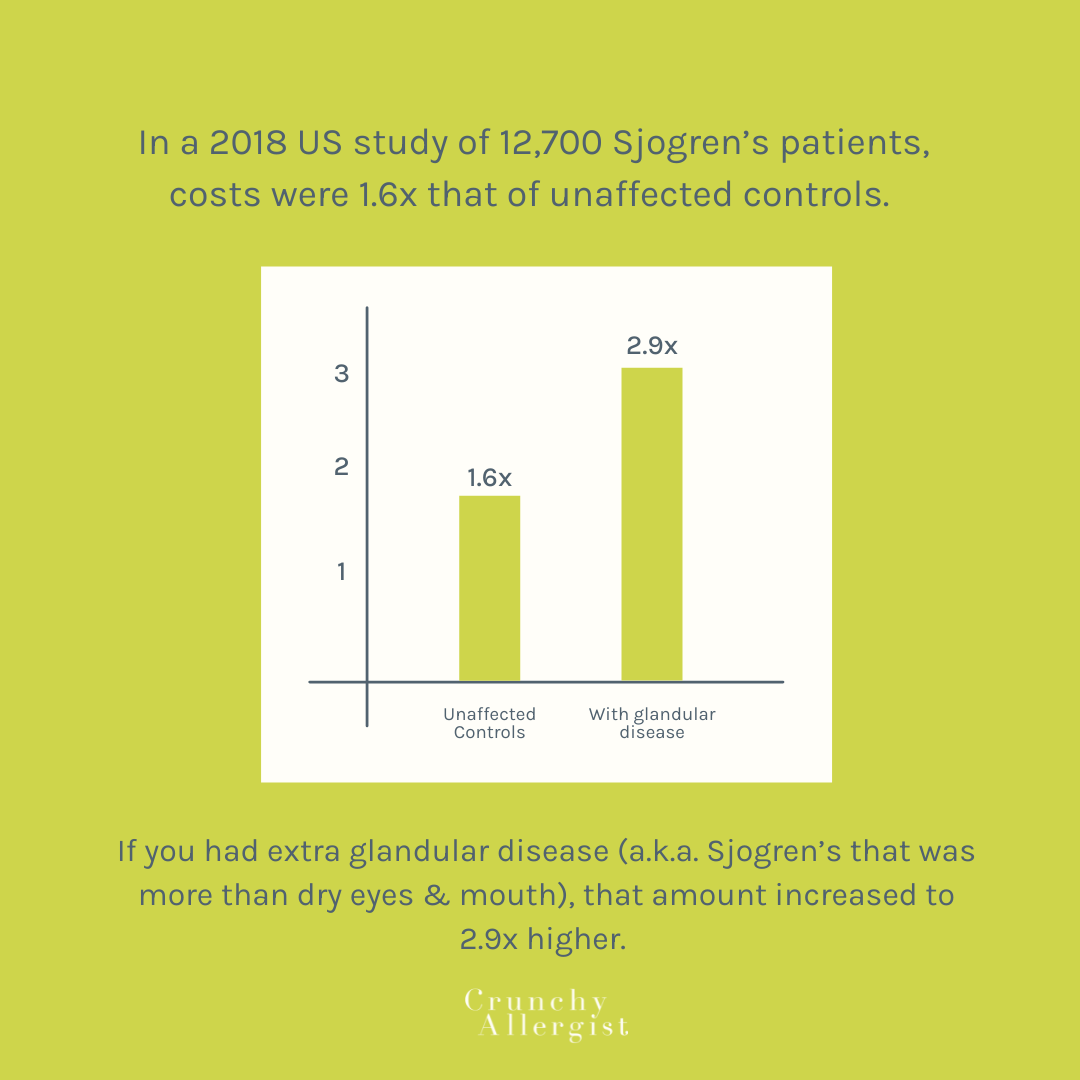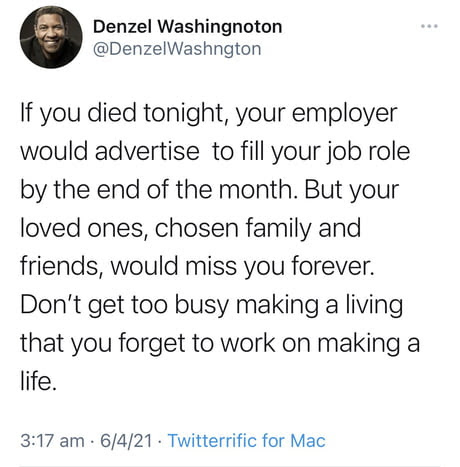
As just one of the estimated 4 million people in the US with Sjogren’s Syndrome, it doesn’t take long to realize that this diagnosis comes with significant costs. The monetary costs can be staggering especially within the very broken US healthcare system where insurance premiums, high deductibles, and additional copays can be enough on their own to result in financial ruin.
This of course does not even begin to take into account the extra out-of-pocket costs associated with supportive treatments that are not covered by insurance: eye drops, throat lozenges, adaptive equipment, vitamins, and supplements, hiring extra help at home, increased grocery bills...

In a 2018 US study of 12,700 Sjogren’s patients, costs were 1.6x that of unaffected controls. If you had the extra glandular disease (a.k.a. Sjogren’s that was more than dry eyes & mouth), that amount increased to 2.9x higher. These are the obvious costs.

Anyone who has walked in our shoes realizes that the costs don’t stop with the hospital bills.
Here are the 3 hidden costs associated with Sjogren’s syndrome.
1. Lost work & productivity
Fatigue, brain fog, frequent doctor visits, therapy sessions…
All of these drain our batteries much faster than those without a chronic invisible illness.
When it is hard to find the right words or focus on the task at hand, it can take so much longer to get through the daily grind.
It also can take so much longer to recharge…
You may find you need an extra few days to recover from a busy day or an illness.
Upper respiratory infections can drag on…
Or worse yet, they can more easily turn into sinus infections when the tissues are more dry and inflamed at your baseline.
It can be really helpful to talk with your employer to seek out accommodations if needed.
Did you know your medical care team can help provide documentation to help with this as well?
This might mean asking them to fill out Family Medical Leave Act (FMLA) paperwork.
<insider tip> Physicians can sometimes resist filling out FMLA paperwork.
It’s called hassle bias.
This gets worse when we are busy, stressed, etc.
I mention this not so much as an excuse but to share the current reality…
Physicians are human too.
If you can fill out your portions first and even attach a quick summary of how often and long you need on a post-it note, it can be pretty helpful for the person filling it out.
In addition to taking some time off during my sickest, I ended up decreasing my clinical responsibilities by about 50% to provide more time to focus on my health and healing.
This is not an easy decision since it almost always is associated with a pay cut, possible job loss, and all the feelings that may come along with those circumstances.
For me, it required talking with some trusted friends who were not directly affected to think through all of the possible options before coming to a decision. 
2. Losing friends & family
Speaking of family and friends…
There is NOTHING like being diagnosed with a chronic invisible illness like Sjogren’s to really show someone’s true colors...
Am I right?!
Those that don’t understand the fatigue.
Maybe they don’t understand when your batteries are on 10% and you have to cancel last minute, again.
Those that think you are faking it.
How about those who are not able to really get it or…
Maybe you don’t want to really get it…
For me, this is my girls.
They don’t understand why mommy doesn’t want to sit on the floor to play…
Or doesn’t want to host another playdate...
What can be the real kick in the pants?
When you realize you have to cut ties with toxic people in your life...
In addition to the ones that faded away on their own...
Ugh…
What is the saving grace?
The people who do stick by your side.
The new supportive Sjogren’s society you just joined…
New friends you have and will continue to meet….
Especially all the invisible illness folks that also understand your struggles.
Talk about the BEST club you NEVER wanted to be a part of.

3. Loss of control
Personally, the hardest pill to swallow?
The perception that I had lost control.
Not only was I dealing with the isolation and loneliness.
But…
The worry.
The anxiety.
So many unknowns.
The thing is…
We do have control…
To some degree...
Don’t worry, I am not going to go off into a toxic positivity spiral.
But…
We can work on controlling our thoughts about our own unique situations…
This in turn has a HUGE impact on our feelings…
Our behaviors…
AND our results.
We can work on focusing on the present.
The current moment we are in.
And learn to accept those circumstances frankly that…
Are what they are.
All of this can seem really overwhelming…
BUT...
Breaking it down into small bite-sized steps can make all the difference.
What does this look like?
A roadmap or framework…
So you aren’t reinventing the wheel.
An experienced coach to...
Keep you on track...
Call out the false beliefs...
A community to…
Commiserate about the struggles.
And celebrate the wins.
Are you ready to start this work?
Hop over to schedule your 15 minute Jump Start Session right now
- Callaghan, A. Prabu, R. B. Allan, A. E. Clarke, N. Sutcliffe, Yvan St. Pierre, C. Gordon, S. J. Bowman, the UK Sjögren's Interest Group*, Direct healthcare costs and predictors of costs in patients with primary Sjögren's syndrome, Rheumatology, Volume 46, Issue 1, January 2007, Pages 105–111, https://doi.org/10.1093/rheumatology/kel155
- Perera, L. Ma, R. Punwaney, S. Ramachandran. Clinical and Cost Burden of Primarily Sjogren’s Syndrome: Descriptive Analysis Using a US Administrative Claims Database. JHEOR 2017;5(2):150-61 https://jheor.org/article/9807-clinical-and-cost-burden-of-primary-sjogren-s-syndrome-descriptive-analysis-using-a-us-administrative-claims-database

